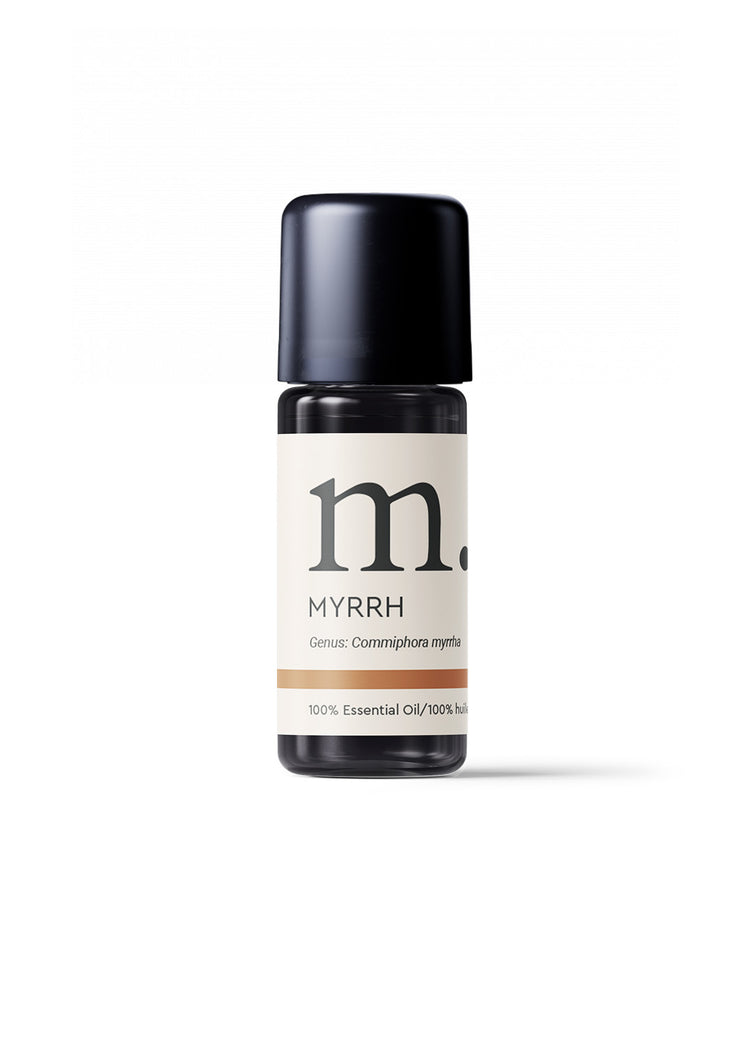Myrtle Essential Oil
- Regular price
-
$40.00 CAD - Regular price
-
- Sale price
-
$40.00 CAD
Couldn't load pickup availability
Myrtle has long been held in high regard by a variety of different cultures. The Jewish culture sees it as a symbol of love and peace, while many other cultures view it as sacred. In aromatherapy, myrtle is great for symptomatic relief of skin and respiratory concerns.
Name of Oil: Myrtle
Latin Binomial: Myrtus communis
Extraction Method: Steam
Countries of Origin: Tunisia, France, Corsica, Spain, Morocco, Italy
Scent Profile: Green, fresh, earthy, camphorous
Parts used in distillation: Blossoms, leaves
Oil Characteristics: Pale yellow to orange tinted, thin, medium aroma
Cultivation: Conventional Farming
Applications
Used in aromatherapy for the symptomatic relief of:
Respiratory concerns, urinary tract concerns, acne, hemorrhoids, exhaustion, colds and fatigue
Used in aromatherapy to help ease emotional symptoms of:
Addictive behaviour
History
Known as a holy plant to ancient Persians, regarded as sacred by the Greeks
Chemical constituents
a-pinene, b-pinene, limonene, 1,8 cineole,a-terpinen-4-ol, myrtenol, geraniol, linalyl acetate, myrtenyl acetate,carvacrol
Safety & references
Safety Data:
Follow proper dilution guidelines
Books Cited:
The Complete Guide to Aromatherapy, 2nd Edition – Salvatore Battaglia
Essential Oil Safety , 2nd Edition – Robert Tisserand and Rodney Young
The Complete Book of Essential Oils &Aromatherapy – Valerie Wormwood
Aromatherapeutic Blending – Jennifer PeaceRhind
The Fragrant Mind – Valerie Wormwood
Recipes & Tips
Coming Soon!



Myrtle Essential Oil
- Regular price
-
$40.00 CAD - Regular price
-
- Sale price
-
$40.00 CAD
Our Commitments
Sustainability
Sustainable, recyclabe, and re-fillable packaing is used for all our products.
Made in Canada
Made in British Columbia by a Certified Clinical Aromatherapist
Plant a Tree
With every product sold, we plant a tree to support reforestation effots.
Cruelty Free
We're Leaping Bunny certified and our products are free of animal testing.



